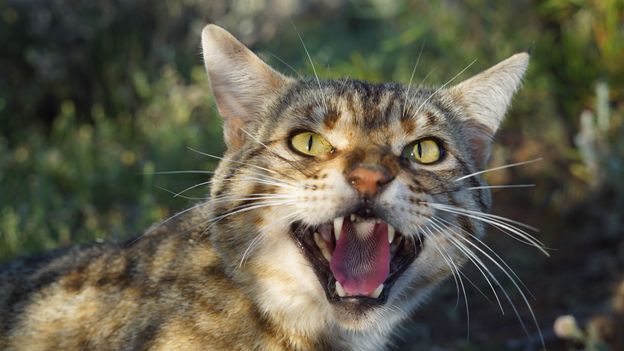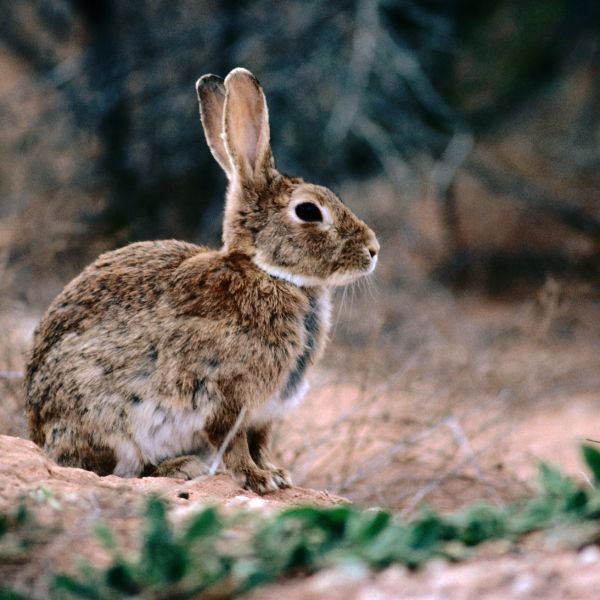- Joined
- Sep 2, 2017
- Messages
- 33,607
- Reaction score
- 5,193
- Location
- GDL/Sweden
- Gender
- Male
- Political Leaning
- Centrist
"
The idea is to put enough pressure on the marsupials to produce behavioural or – even better – evolutionary change
"

 www.bbc.com
www.bbc.com
i say its very strange idea, when we 1 step from cloning marsupials super predators, which the aboriginals exterminated much, like entire Australian mega - fauna . so guys what do you think is it a good idea?
Tasmanian Tiger Genome May Be First Step Toward De ...
www.nationalgeographic.com › science › article › thyla...
11 Dec 2017 — The newly sequenced genetic blueprint may help scientists clone the ... The thylacine, or Tasmanian tiger, is a marsupial predator that was last seen ... was a wolf-size carnivorous marsupial once common across Australia.
Tasmanian Tiger Genome May Be First Step Toward De ...
www.nationalgeographic.com › science › article › thyla...
11 Dec 2017 — The newly sequenced genetic blueprint may help scientists clone the ... The thylacine, or Tasmanian tiger, is a marsupial predator that was last seen ... was a wolf-size carnivorous marsupial once common across Australia.
The idea is to put enough pressure on the marsupials to produce behavioural or – even better – evolutionary change
"

The scientists releasing cats in Australia
It may no longer be enough to protect species like Australia's marsupials from predators – we may have to assist in their evolution if they are to survive the 21st Century.
i say its very strange idea, when we 1 step from cloning marsupials super predators, which the aboriginals exterminated much, like entire Australian mega - fauna . so guys what do you think is it a good idea?
Tasmanian Tiger Genome May Be First Step Toward De ...
www.nationalgeographic.com › science › article › thyla...
11 Dec 2017 — The newly sequenced genetic blueprint may help scientists clone the ... The thylacine, or Tasmanian tiger, is a marsupial predator that was last seen ... was a wolf-size carnivorous marsupial once common across Australia.
Tasmanian Tiger Genome May Be First Step Toward De ...
www.nationalgeographic.com › science › article › thyla...
11 Dec 2017 — The newly sequenced genetic blueprint may help scientists clone the ... The thylacine, or Tasmanian tiger, is a marsupial predator that was last seen ... was a wolf-size carnivorous marsupial once common across Australia.

